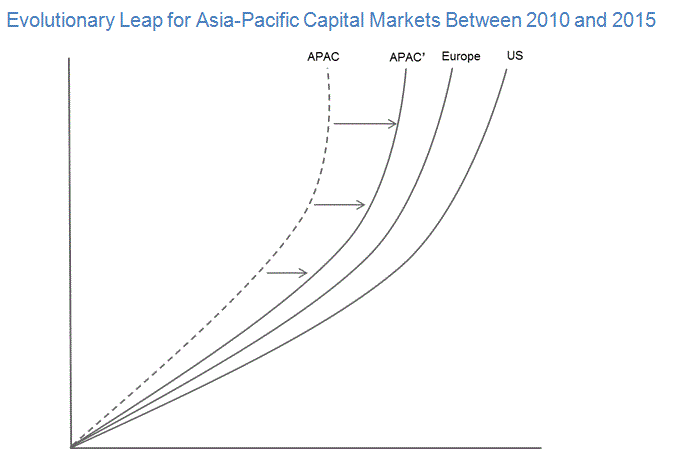Exchange Technology in Asia-Pacific: Striving to Be Globally Competitive
Abstract
The Asia-Pacific capital markets are dominated by their respective national exchanges. The level of technology in these exchanges is usually related to how advanced and developed the capital markets are in a given country. However, what all of these exchanges and markets have in common is that they have made a strong effort to modernize their trading technology in the last five years, with the objective of being competitive vis-à-vis regional and global counterparts.

In the report Exchange Technology in Asia-Pacific: Striving to Be Globally Competitive, Celent focuses on the efforts made by the leading regional exchanges to improve their infrastructure. The economic growth of these national economies and the fast growth in volumes in recent times mean that there is a strong incentive for Asia-Pacific exchanges to invest in the latest technology in an effort to become and remain globally competitive and attractive.
Different exchanges have chosen varying strategies. Some have preferred to invest in in-house capabilities and tried to keep up with competitors who have chosen to go ahead with third party providers. Even within the exchanges that have chosen outside technology providers, there are different technology mixes. When modernizing trading platforms, post-trade processing services, and market surveillance technology in the last few years, the emphasis is on ensuring higher throughput at low latency, while ensuring that there are strong pre- and post-trade risk management capabilities in place.
The US is the leading market globally, followed closely by Europe. Due to regular technological upgrades, Asian capital markets are following a much closer trajectory (from APAC to APAC’ in the figure), as compared to earlier. Almost all of them have adopted more advanced trading systems in this period.

An interesting element of the recent development of the region’s exchanges and capital markets is the interlinkages between regional exchanges, as well as collaboration with leading global exchanges. While they could easily have restricted themselves to a zero-sum game and avoided any collaboration, exchanges have taken a more holistic approach, and many of them have tied up with several exchanges for the purpose of cross-trading, market data licensing, and other related aspects.
“The modernization efforts of the Asian exchanges are notable especially because even the smaller regional trading platforms have made them,” says Dr. Anshuman Jaswal, a senior analyst with Celent’s Securities & Investments practice and author of the report. “There is a shared awareness that without well-directed investment, they will cease to be competitive and relevant in a globalized marketplace.”

